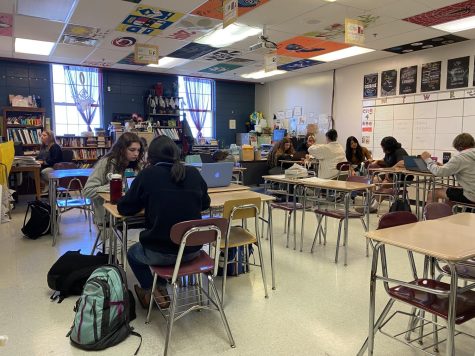Earth’s freshwater reserves are disappearing, and here’s why

Freshwater reserve
February 11, 2022
Only three percent of the Earth is covered in freshwater, and while that number has remained pretty constant, population growth has not. Only one percent is available to the seven billion people and counting. As concerns grow over water scarcity, research from 2018 documents shows freshwater availability has changed over the years, helping pinpoint how these essential resources will affect us on Earth.
A team of researchers examined the flows of over 1,204 basins across the world. They studied “freshwater stress” which is the ratio of H20 that is being used, versus the amount that naturally leaves the basin each year. The higher the “stress” is, the less amount of water there is available for people and ecosystems. They also found that freshwater storage in underground aquifers and glaciers is changing as well.
Xander Huggins, a Ph.D. candidate at the University of Victoria and the leader of a team of researchers, learned that forty-two percent of the four hundred most stressed basins around the planet are also the ones losing storage. Unfortunately, these basins throughout America and the Middle East are the ones where people and other living things are already under pressure. The team calculated that around 2.2 billion people and a little more than a quarter of all global crop production are suffering from drying-out water basins at these locations.
After discovering the most high-risk areas, Huggins created an analysis by combining the relationship between stress and storage with data on how prepared and economically sufficient a government would be able to respond. His goal is to create a framework to understand vulnerability and to identify the main basins that would help others to come up with an idea on how to fix it.
Water experts are working on a variety of solutions to counter the many issues the basins are facing. Their main focus surrounds resilience, which is a measure of how much stress a river system can handle before collapsing. In Colorado, for example, drought, pollution, and intense heat are all affecting the basin, which is the case for any basin located in a more heated area.
The team of researchers and many others from all parts of the world are working, studying, and determining the best things for our planet, and how we’re going to get there to make Earth a better place for all living creatures. “We’re having trouble stabilizing the system right now and living within our means in 2022. By 2050, we’ll look back at 2022 like the good old days,” said a colleague of Huggins. “These were the days of plenty’- but it doesn’t feel like the days of plenty right now.”
Our job as humans is to keep our planet as healthy as possible and to participate in environmentally-friendly activities like recycling and cleaning the land around us. It’s our responsibility to create a more healthy environment for all of humanity.










